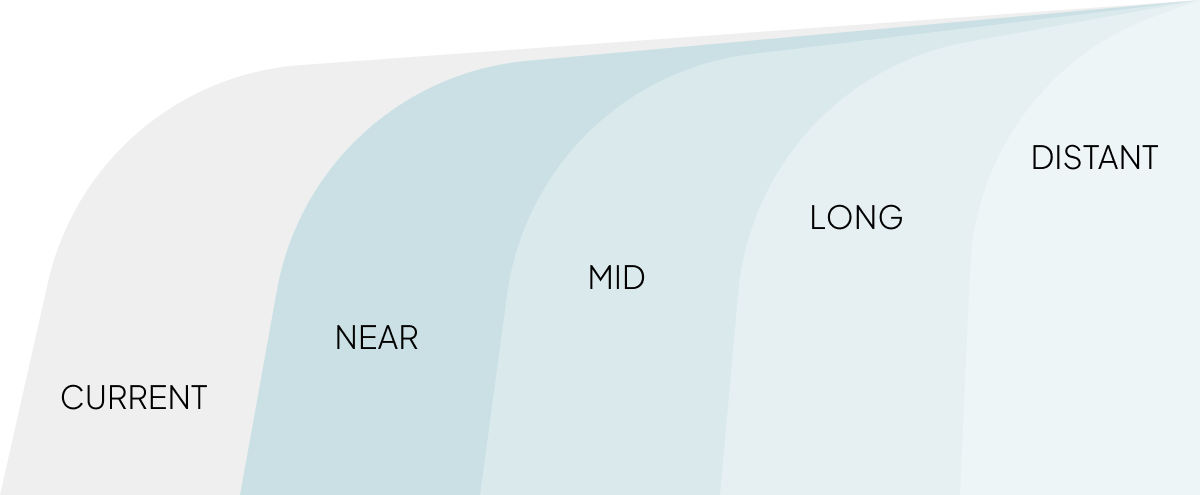Leading together – how we can give each other the gift of leadership
If we think of leadership as a gift that we offer to each other, rather than a fixed title or a hierarchy, we can help our team expand their potential for change.

If we think of leadership as a gift that we offer to each other, rather than a fixed title or a hierarchy, we can help our team expand their potential for change. In this post, we explore some of the ways we can give the gift of leadership to our colleagues and collaborators, whether we are formally considered a leader or not.
Leadership as discipline
“I really like the salt-shaker theory of leadership shared by the restauranteur Danny Meyer,” says Jaimes Nel, founder of Path Ventures. “He talks about realigning the salt shaker in the centre of the table as a metaphor for what it means to cultivate a standard. If diners move the salt or a new team member hasn’t learnt the standard, your role is to apply what he calls “constant, gentle pressure,” to reinforce the standard. Everybody learns from the standard you set. The idea is almost like cultural transmission. You're getting people to internalise a concept of the way things should be.”
This idea of leadership implies not judging or controlling the way things happen, but rather to preserve a threshold of quality. This leadership practice is open to everyone, regardless of their status.
Leadership as courage
Leading requires courage as well as vision. Creativity in the face of uncertainty, taking a risk that may not work out, is a challenge we often avoid. We live in a Moneyball age, with an abundance of data that reinforces norms rather than supporting distinction.
At the heart of Path's approach is the concept of ‘radical design’, the idea that embracing creativity and searching for fresh approaches is critical, even if they only provide part of an eventual strategy. Design offers a unique and powerful tool in uncertain terrain – a way to explore alternatives approaches, to investigate ideas before we commit to them.
“When I think about design as a leadership skill, it is about understanding your own thinking, being reflexive and figuring out ways to be more experimental,” adds Jaimes. “It’s about holding your own in uncertainty and being purposeful about different elements of your strategy.”
Creativity can be risky. When we take that risk, on our own or supporting others, we are also practicing leadership.
Leadership as framing
It can be surprisingly difficult for an organisation to think about the long term in a structured way. Long-term thinking is not just challenging in its own right — our economic system incentivises near-term focus. Organisations need to balance this tension. They need to be ready for decisive action today, whilst keeping their eyes on a desired, but indefinite future.
Horizon-thinking can help leaders navigate this tension. Declaring an explicit horizon you’re addressing can help your team achieve both focus AND flexibility. Using horizons to create clear boundaries gives conversations a frame that helps people switch context more easily. A conversation about the near-term can be laser-focused, and then shift focus to a distant horizon without unnecessary confusion or ambiguity.
A common understanding for horizons can help your whole organisations rapidly switch between conversations that normally grind to a halt in confusion and anxiety about changing scope. You can evolve your own definitions, or keep it simple with near-, mid- and long-term. At Path, we like to orient horizons to action, so we typically consider these 3 horizons:
- Developing – what we’re developing right now
- Target – an agreed view of what we’re planning to work on
- Future – future directions that require new capabilities
We may add a Current horizon to understand what exists already, or a Distant horizon for far-off futures.
Framing ideas in horizons is a discipline that gives the gift of focus. It helps teams manage the tension between ambiguous long-term thinking and near-term clarity. Being clear about horizons is a leadership practice that reduces anxiety and confusion for teams that need to switch frequently between different contexts.
Conclusion
We’ve shared a handful of ways to practice leadership by setting a high standard, supporting creative risk and clearly framing ideas by horizon. Instead of thinking of leadership as something you achieve, try thinking of it as something you practice everyday. We hope you’ll be pleasantly surprised by how powerful and accessible these simple practices of leadership can be.

